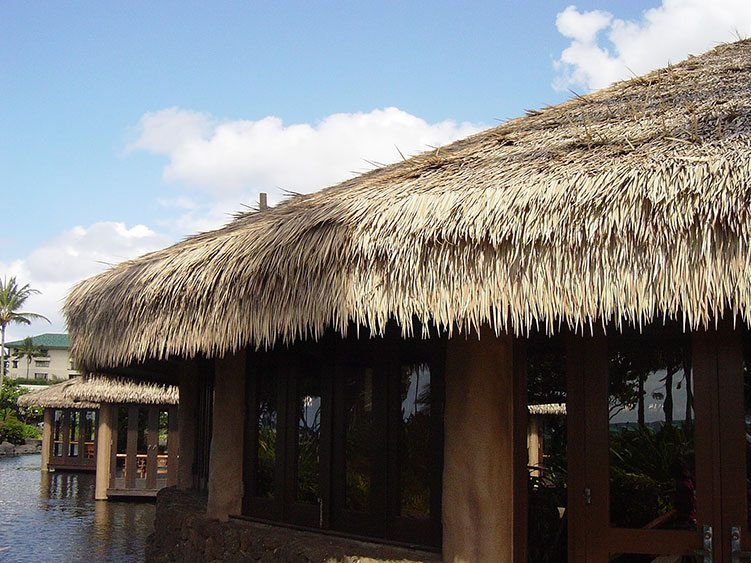
Exploited Palms Used In Natural Thatching On Verge Of Extinction
endangered palmDid you know that of the 204 known palm tree species in Madagascar, 98 percent don’t grow anywhere else in the world? It’s true. Madagascar is an incredibly diverse hot spot for palms due to the long period of isolation after the super continent broke apart. The northeastern forests there have the greatest species diversity. You can actually find up to 45 different species of palm in just one square kilometer in that area.
Because these species of palm are so unique, they have become one of the most coveted and exploited plants on all of Madagascar. The palms are used for construction, basket weaving, and indeed, even thatch roofing.
Exploited Palms Are Not The Greener Option
The IUCN Red List of Threatened Species™ estimated that 83 percent of the native species are on the verge of extinction. For example, there are only 30 mature Tahina spectabilis (a species of gigantic palm found only in the Analalava District of northwestern Madagascar) left. They flower only once in their lifetimes. These days, most of Madagascar’s palm is sold in international markets. Madagascar has lost around 80 percent of its native forests.
Palms are actually pretty particular, slow growing plants, but they are vital in Madagascar’s ecosystem. For example, black lemurs spends most of their time eating fruits of the Dypsis madagascariensis. The extinction of a palm species can in turn lead to the extinction of animals that depend on it for food or shelter.
We often think of natural thatching as the most environmentally friendly roofing material available. Yet, that’s not true at all. For a number of reason that we’ve touched on previously, when used for large scale commercial purposes, natural thatch is not environmentally friendly.
So, if you intend to purchase thatch for roofing structures on your grounds, choose our environmentally friendly synthetic thatch instead. Dominica shingles from our Regions series nicely replicates the look of palm thatching from this area.
CLICK A PRODUCT BELOW TO FIND OUT MORE